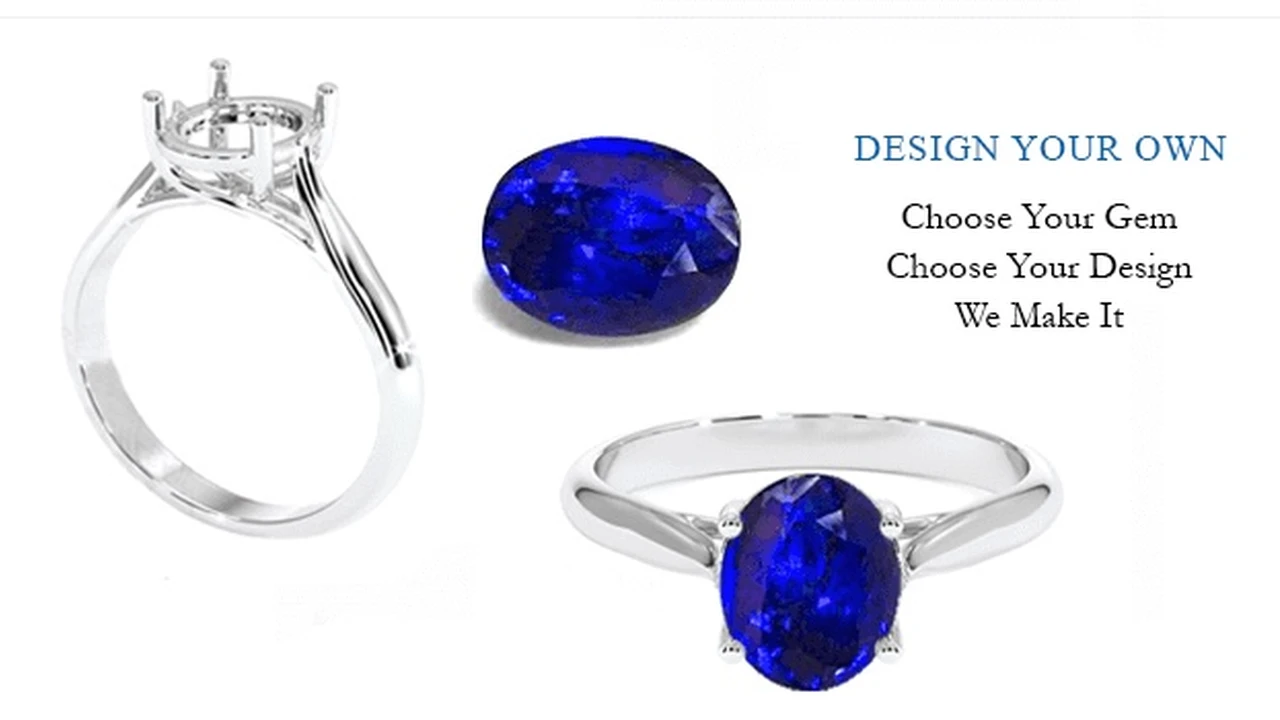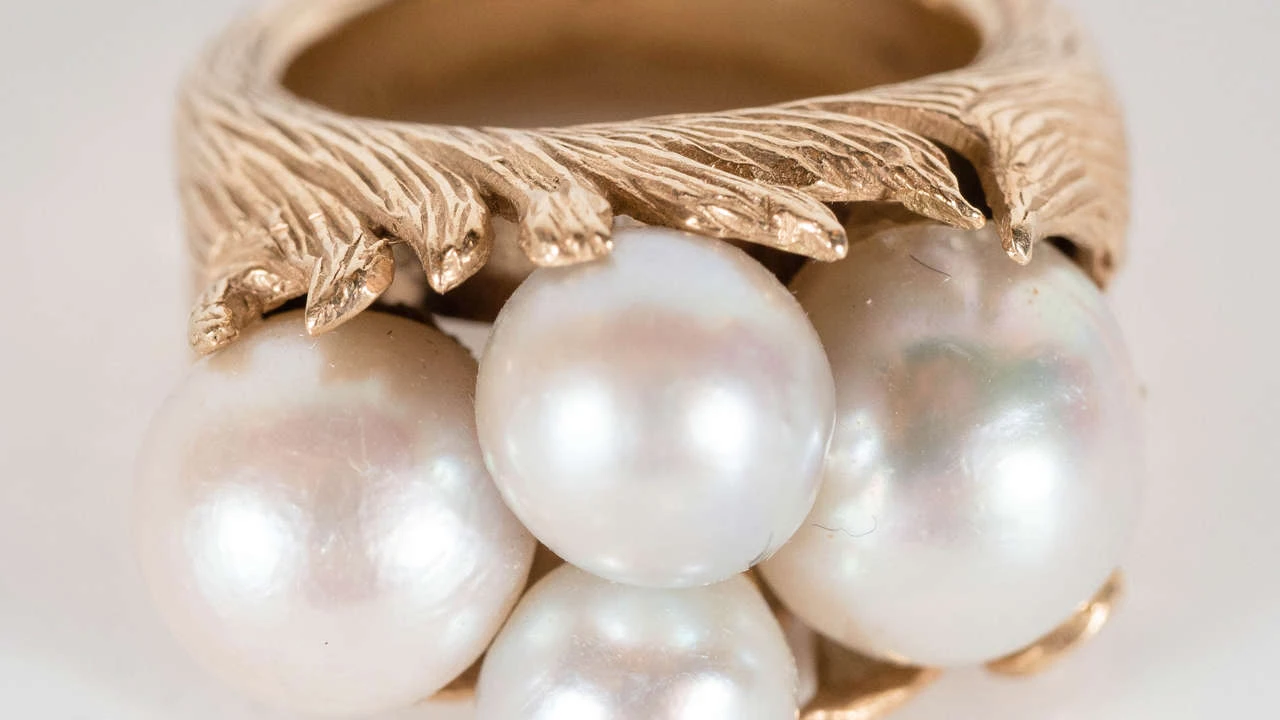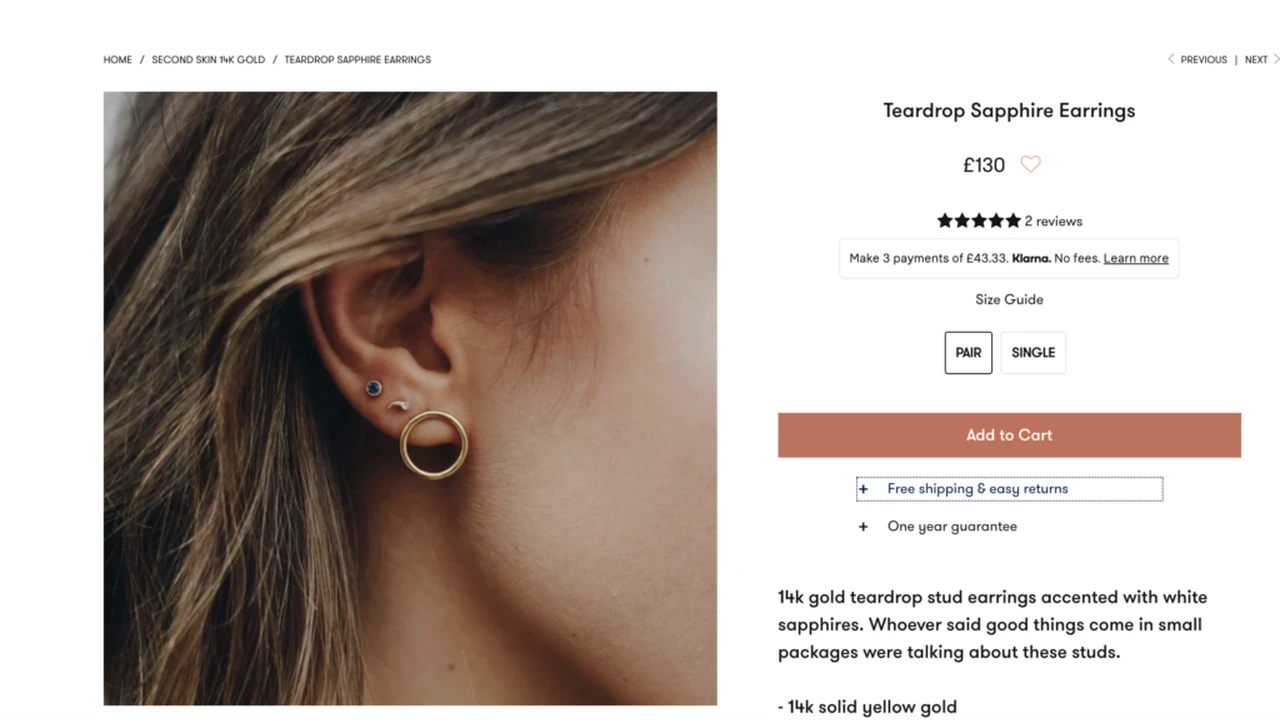Bespoke Jewelry Design How to Choose the Right Gemstone
Choosing the perfect gemstone for your bespoke jewelry. Consider color, cut, clarity, and carat weight for a truly unique and personalized design.

Understanding the 4Cs Diamond Gemstone Selection
Okay, so you're diving into the world of bespoke jewelry! That's awesome! One of the most exciting parts? Picking the perfect gemstone. It's not just about what sparkles the most; it's about finding a stone that resonates with you, your style, and the story you want your piece to tell. When it comes to diamonds, everyone talks about the 4Cs: Cut, Color, Clarity, and Carat. Let's break them down, shall we?
Cut: Unleashing the Brilliance
The cut of a diamond is all about how well its facets interact with light. A well-cut diamond will sparkle like crazy, reflecting light back to your eye. A poorly cut diamond? It'll look dull, even if it's a big rock! There are different cut grades, usually ranging from Excellent to Poor. For maximum sparkle, aim for Excellent or Very Good. Think of it like this: the cut is the diamond's performance, its ability to show off!
Color: From Colorless to Colorful
Diamonds come in a range of colors, from completely colorless (which are the most prized and rare) to light yellow or brown. The color grade is usually measured on a scale from D (colorless) to Z (light yellow or brown). For a classic, bright look, aim for a diamond in the D-F range. But hey, don't rule out diamonds with a slight tint! They can be more affordable and still look gorgeous, especially in warmer metal settings like yellow or rose gold.
Clarity: Spotless or Story-Filled?
Clarity refers to the absence of inclusions (internal flaws) and blemishes (surface flaws) in a diamond. Most diamonds have some imperfections, but the fewer the better, as they can affect the diamond's sparkle and brilliance. The clarity grades range from Flawless (FL) to Included (I). Diamonds with VS (Very Slightly Included) or SI (Slightly Included) clarity grades offer a great balance of beauty and value. Remember, some inclusions are only visible under magnification, so don't get too hung up on perfection!
Carat: Size Matters, But Not Everything
Carat refers to the weight of a diamond, and therefore its size. One carat equals 200 milligrams. Larger diamonds are generally more expensive, but don't let carat weight be your only guide. A smaller, well-cut, high-clarity diamond can look much more impressive than a larger, poorly cut, low-clarity one. It's all about finding the right balance!
Exploring Colored Gemstones Beyond Diamonds for Bespoke Jewelry
Diamonds are classic, sure, but don't limit yourself! The world of colored gemstones is bursting with possibilities. Sapphires, emeralds, rubies, aquamarines, tourmalines… the options are endless! Each gemstone has its own unique color, properties, and symbolism. Here are a few to consider:
Sapphires: Royal Blue and Beyond
Sapphires are famous for their deep blue hue, but they actually come in a rainbow of colors, including pink, yellow, green, and white! Blue sapphires symbolize loyalty and trust, making them a popular choice for engagement rings. Consider a Ceylon sapphire for its vibrant color or a Montana sapphire for a more unique, earthy tone.
Product Recommendation: A Ceylon Sapphire pendant in a white gold setting. The vibrant blue color is captivating, and the white gold complements the stone beautifully. Price Range: $2,000 - $5,000 depending on carat weight and clarity.
Usage Scenario: Perfect for adding a touch of elegance to everyday wear or for a special occasion.
Emeralds: The Lush Green of Royalty
Emeralds are known for their rich green color, which is caused by the presence of chromium and vanadium. They symbolize rebirth and renewal, and are often associated with royalty. Look for emeralds with good color saturation and minimal inclusions. Colombian emeralds are highly prized, but Zambian emeralds offer excellent value.
Product Recommendation: An Emerald and Diamond halo ring in platinum. The vibrant green of the emerald is surrounded by sparkling diamonds, creating a stunning and luxurious piece. Price Range: $5,000 - $15,000 depending on the size and quality of the emerald and diamonds.
Usage Scenario: A statement piece for a formal event or a sophisticated addition to your jewelry collection.
Rubies: Passionate Red Fire
Rubies are prized for their intense red color, which is caused by the presence of chromium. They symbolize passion, love, and courage. Burmese rubies are considered the finest, but Mozambique rubies offer a more affordable option. Choose a ruby with vibrant color and good clarity.
Product Recommendation: Ruby stud earrings in yellow gold. The warm red color of the rubies is enhanced by the yellow gold setting, creating a classic and timeless look. Price Range: $1,500 - $3,000 depending on carat weight and clarity.
Usage Scenario: A versatile piece that can be worn every day or for a special occasion.
Aquamarines: Serene Blue-Green Hues
Aquamarines evoke the tranquility of the sea with their delicate blue-green hues. They symbolize courage and clarity, and are believed to promote calmness and serenity. These gems are perfect for those seeking a subtle yet sophisticated touch in their bespoke jewelry. High-quality aquamarines possess a clear, even color with minimal inclusions. They make stunning pendants, earrings, and rings, especially when paired with white metals like platinum or white gold, which enhance their cool tones.
Choosing the Right Metal Setting for Your Gemstone Jewelry
The metal you choose for your bespoke jewelry is just as important as the gemstone. It not only affects the overall look of the piece but also its durability and value. Here's a quick rundown of popular metal choices:
Gold: The Classic Choice
Gold is a timeless and versatile metal that comes in a variety of colors, including yellow, white, and rose. Yellow gold is classic and warm, while white gold offers a modern and sophisticated look. Rose gold has a romantic and vintage feel. The purity of gold is measured in karats (k), with 24k being pure gold. However, pure gold is too soft for jewelry, so it's usually alloyed with other metals to increase its durability. 14k and 18k gold are popular choices for jewelry, offering a good balance of purity and strength.
Platinum: The Durable and Luxurious Option
Platinum is a rare and durable metal that is naturally white. It's hypoallergenic, making it a great choice for people with sensitive skin. Platinum is also very strong and resistant to tarnish, making it ideal for settings that need to hold gemstones securely. However, platinum is more expensive than gold.
Silver: The Affordable and Versatile Choice
Silver is a more affordable metal option that is also versatile. Sterling silver (92.5% silver and 7.5% other metals) is a popular choice for jewelry. However, silver can tarnish, so it requires regular cleaning. It's a good option for fashion jewelry or for those on a budget.
Considering Gemstone Shape and Setting Styles for Unique Designs
The shape of your gemstone and the setting style can dramatically affect the overall look of your bespoke jewelry. Here are a few things to keep in mind:
Popular Gemstone Shapes
Diamonds and colored gemstones come in a variety of shapes, including round, princess, oval, emerald, cushion, pear, and marquise. The shape you choose will depend on your personal preference and the style of the piece. Round diamonds are the most popular and offer the most brilliance, while fancy shapes can be more unique and eye-catching.
Setting Styles: Showcasing the Gemstone's Beauty
The setting style refers to how the gemstone is held in place. Popular setting styles include prong, bezel, pave, channel, and tension settings. Prong settings are classic and allow the most light to reach the gemstone, while bezel settings offer more protection. Pave settings create a sparkling surface with small diamonds, while channel settings offer a sleek and modern look.
Budgeting for Your Bespoke Gemstone Jewelry: Balancing Dreams and Reality
Let's be real, bespoke jewelry can be an investment. Setting a budget upfront is crucial. Consider these factors:
* Gemstone Cost: This will likely be the biggest chunk of your budget. Research prices for different gemstones and qualities.
* Metal Choice: Platinum will cost more than gold, and gold more than silver.
* Design Complexity: Intricate designs and handcrafted details will increase the cost.
* Artisan Fees: The experience and skill of the jeweler will influence their fees.
Don't be afraid to discuss your budget openly with your jeweler. They can help you find creative ways to achieve your desired look without breaking the bank. Consider using smaller gemstones, choosing a less expensive metal, or simplifying the design.
Caring for Your Bespoke Gemstone Jewelry: Preserving Its Sparkle
Once you've created your dream piece, proper care is essential to keep it looking its best. Here are a few tips:
* Clean Regularly: Use a soft brush and mild soap to gently clean your jewelry.
* Store Properly: Store your jewelry in a soft pouch or jewelry box to prevent scratches.
* Avoid Harsh Chemicals: Remove your jewelry before swimming, cleaning, or using harsh chemicals.
* Professional Cleaning: Have your jewelry professionally cleaned and inspected regularly.
Choosing the right gemstone for your bespoke jewelry is a personal and exciting journey. By understanding the 4Cs, exploring colored gemstone options, considering metal choices and setting styles, and budgeting wisely, you can create a piece that you'll cherish for a lifetime. Happy designing!
:max_bytes(150000):strip_icc()/277019-baked-pork-chops-with-cream-of-mushroom-soup-DDMFS-beauty-4x3-BG-7505-5762b731cf30447d9cbbbbbf387beafa.jpg)






